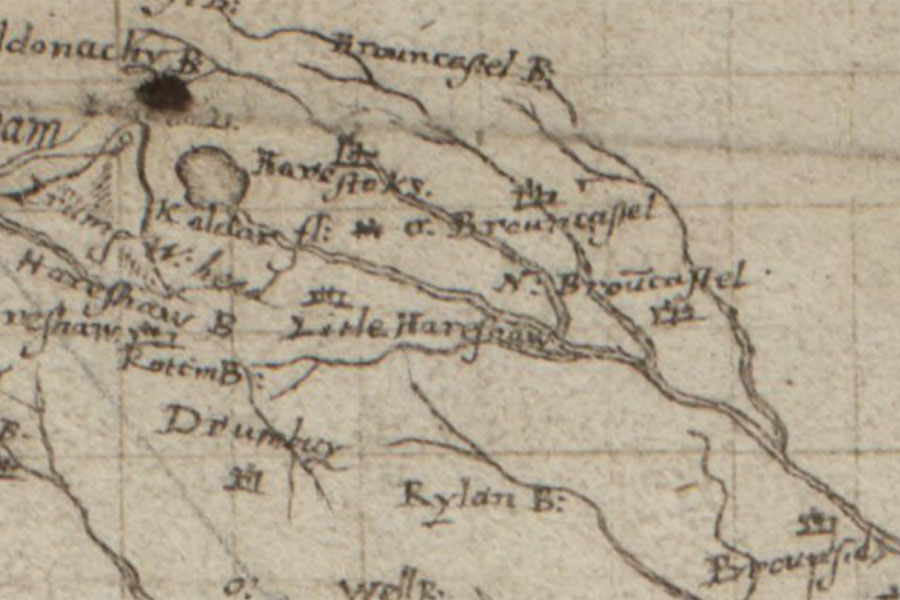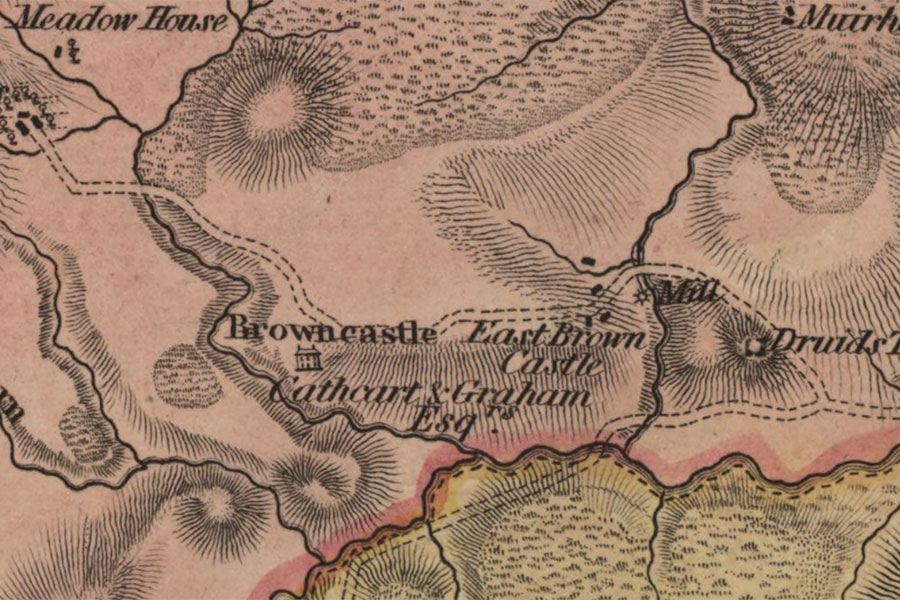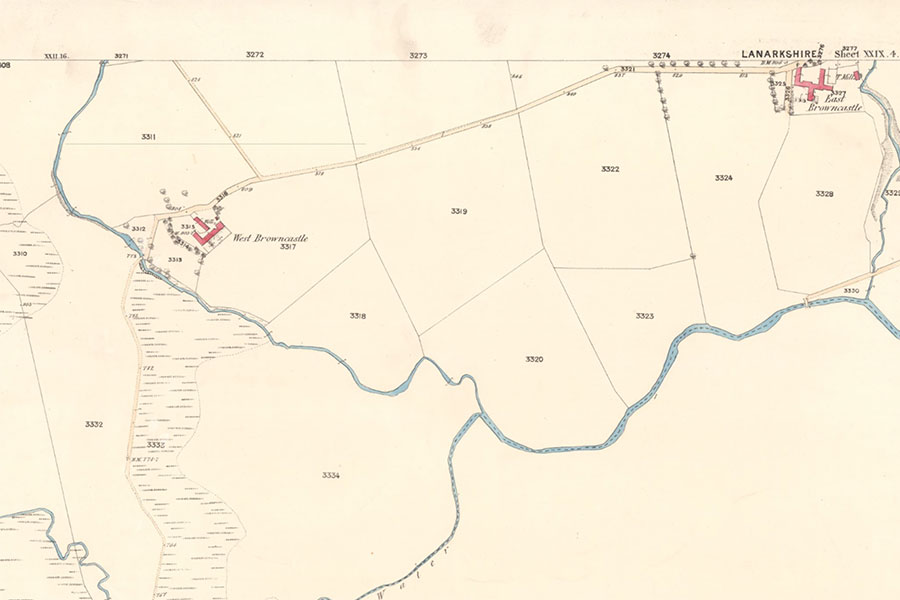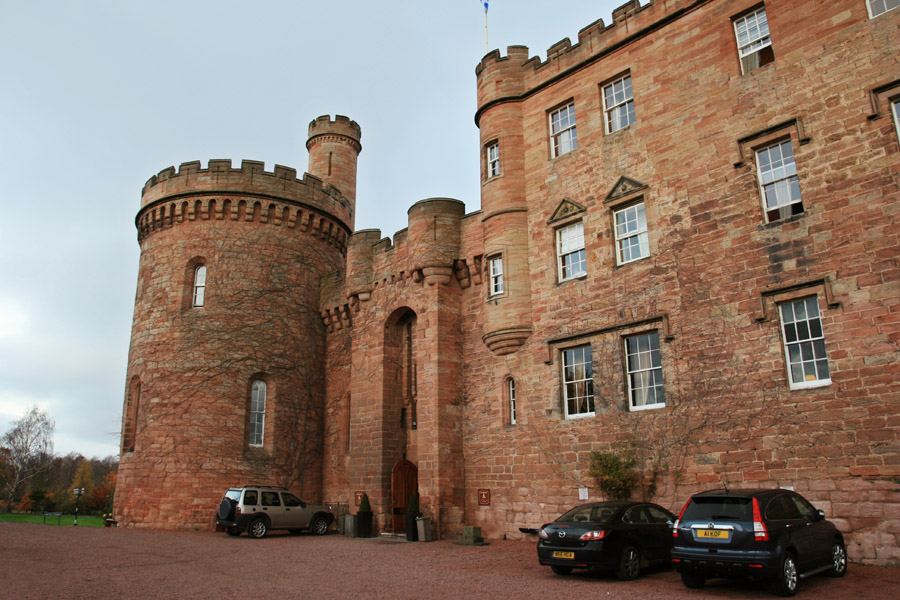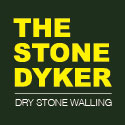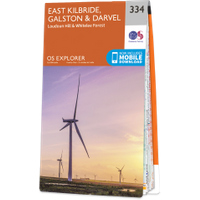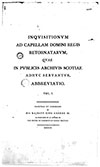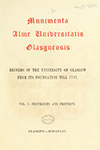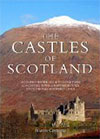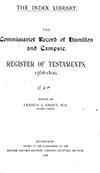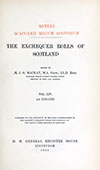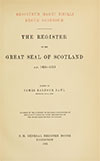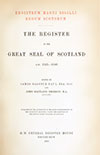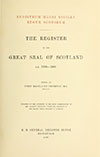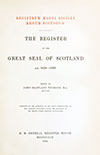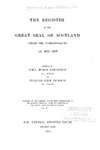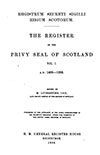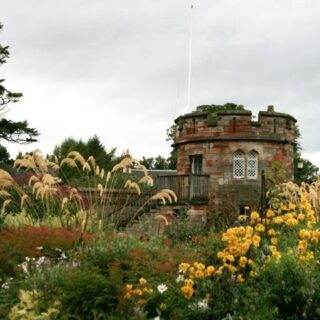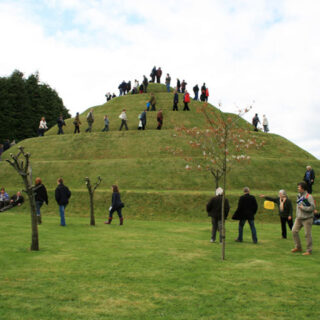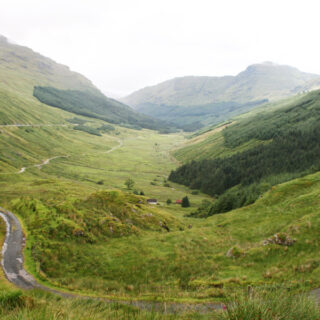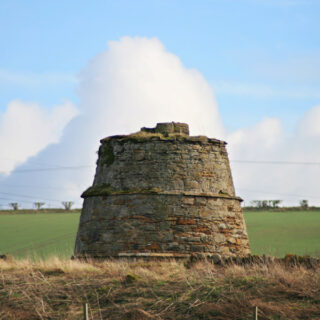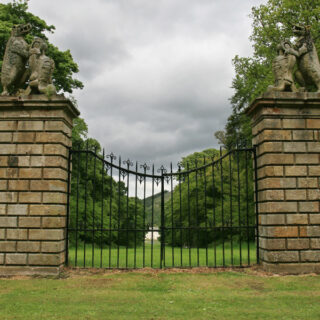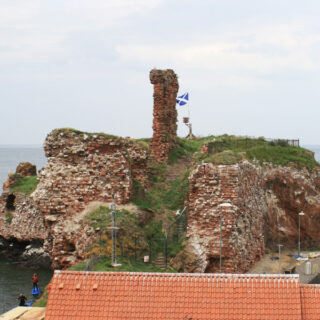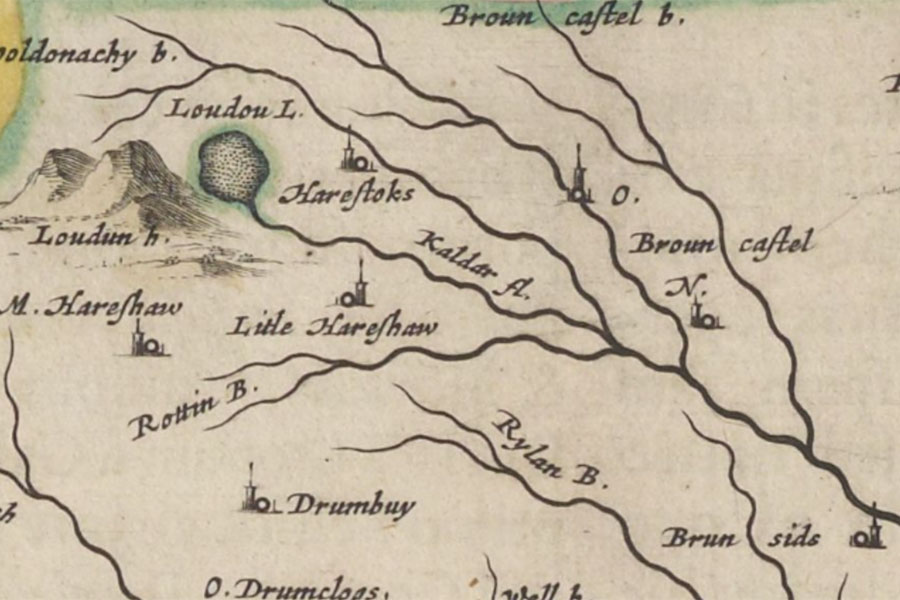

Joan Blaeu, Amsterdam, 1654map image courtesy of NLS
There was once a tower named Nether Browncastle although nothing of it now remains and the site of it is likely occupied by the farm of East Browncastle.
East Browncastle farm stands on a slight ridge to the east of West Browncastle on the west bank of the Brock Burn just to the north of its confluence with the Calder Water. Much of the surrounding landscape once consisted of boggy ground offering further natural defences.
The early history of Browncastle doesn’t seem to be known but it’s possible that due to the name it was once owned by a Broun family. The lands appear to have been divided by the late 15th century into the lands of Browncastle and those of Easter Browncastle with Browncastle being the larger of the two. The Douglas family may have owned the original lands of the unified Browncastle earlier in the 15th century but they seem to have been subdivided by the end of the century.
In 1493 Robert Douglas, the son and heir of Adam Douglas de Brouncastell, was granted by the king the 4 merk lands of Brouncastell that his father had owned. The following year an illegitimate son of James Hamilton of Torrance, also named James, received the 6 shilling, 8 penny (or half merk) lands of Estir Brouncastell from his father.
It would seem that the younger James may have disposed of Estir Brouncastell soon after as there is a sasine in the same year of the same lands, along with Peristoun in Ayrshire, to Sir Robert Cunningham, described as laird of Cunningham.
In 1497 Sir Patrick Hamilton married a daughter of Adam Douglas of Browncastle and the remaining majority lands of Browncastle seem to have passed into the Hamilton family.
Robert Cunningham of Cunninghamhead seems to have sold and alienated the 8 shilling, 4 penny lands which extended from the old Browncastle to William Schaw of Polkemmet in 1501. These may have been different, neighbouring lands to the 6 shilling, 8 penny lands of Estir Brouncastell as in 1510 the king confirmed Robert Cunningham of Cunninghamhead in various lands including those.
In 1513 William Cunningham received a sasine from the king for the half merk lands of Brouncastell, but little seems to have been written about them in the following century. Nether Browncastle is marked on Pont’s late 16th century map as a tower named N. Brouncastel.
Timothy Pont, c. 1583 – 1596map image courtesy of NLS
James Blackadder of Tulliallan was granted the 8 shilling lands of Brouncastell in 1608, presumably the same lands that William Schaw of Polkemmet owned in 1501.
In 1621 William Cunningham of Cunninghamhead was retoured heir to his father, John Cunningham of Cunninghamhead, in the 6 shilling, 8 penny lands of Brouncastell which along with some other lands in the sheriffdom or Ayr were erected into the barony of Powkellie.
David Lindsay of Linbank released the feu and quitclaim of the 6 shilling, 8 penny lands of Eister Brouncastell in 1624 which may indicate that the lands had been rented out as in 1630 they were once again in Cunningham hands.
In that year William Cunningham of Cunninghamhead, his wife, Elizabeth Nicolson, and their son and heir, also William, received a confirmation of various lands including the superiority of the 6 shilling, 8 penny lands of Brouncastell. However in 1644 the king ratified a charter and infeftment of 1637 to Bryce Semple of Cathcart which included the six shilling, eight penny land of Easter Browncastle. Nether Browncastle is marked on Blaeu’s map of 1654, based on Pont’s earlier work, as a tower named N. Brouncastel.
Browncastle featured in a legal dispute in Edinburgh in 1656 between Helen Hamilton, the daughter and heir of the late John Hamilton of Browncastle, a merchant burgess of Edinburgh, and Alexander Wardlaw, also a merchant burgess of Edinburgh. When John died he seems to have been in debt to Wardlaw and those debts defaulted on Helen, and Wardlaw applied to have the property Helen had inherited impounded until the debts were settled. You can read more on the dispute here. The property mentioned included:
half of that 18s. land of old extent called the Nethertoune of Brounecastell, pertinents, &c., thereof, which are parts of the 4-merk land of old extent of Brounecastell, in the barony of Kilbryd and sheriffdom of Lanark, also the rest of the said 4-merk land of Brounecastell called the Overtoune of Brounecastell, extending to 35s. 4d. land of old extent or thereby, pertinents, &c., thereof, and those two portions of land in the Overtoune of Brouncastell, sometime possessed by umquhile James Mathem and umquhile John Craige, and now by John Brounerig and Gawin Allansone, extending to 22s. 8d. land or thereby, with pertinents, &c., thereof, and that in warrandice and security of the said 18s. land of old extent called the Nethertoune of Brouncastell
This would suggest that the majority part of Browncastle, the 4 merk land, had been further subdivided into the Overtoune of Brounecastell, worth 35 shillings and 8 pence, and the Nethertoune of Brounecastell, worth 18 shillings, distinct from the 6 shilling, 8 penny lands of Easter or Nether Browncastle.
Helen seems to have settled her father’s debts as Browncastle remained in the Hamilton family, passing to the Hamilton of Dalzell family in the 18th century. The ownership of Nether Browncastle over the following two centuries is not clear however.
Forrest’s map of 1816 shows a few scattered buildings named East Brown Castle and a substantial mansion at Browncastle.
William Forrest, Edinburgh, 1816map image courtesy of NLS
East Browncastle isn’t marked on Ainslie’s map of 1820 but is shown as a couple of small buildings named E. Brown Castle on Thomson’s map of 1832. East Browncastle is again notable by its absence on Knox’s map of 1836. Johnson’s map of 1841 seems to be based on Thomson’s map of 1832 and as such shows a couple of small buildings marked as E. Brown Castle.
Ordnance Survey, 1859image courtesy of NLS
By 1861 both East Browncastle and West Browncastle were owned by Robert Steele, “commonly called Provost Steele”. Robert’s father had attended the laird of Browncastle’s horses, a job which Robert subsequently took on. Robert went on to be Provost of Rutherglen between 1837 and 1846, and again between 1852 and 1855, and bought both Browncastles. Provost Steele doesn’t seem to have resided at either of the Browncastle farms which were both tenanted, with the farmhouse of East Browncastle occupied at that time by James Pate. I haven’t been able to trace their subsequent ownership.
East Browncastle farm was redeveloped in the early 21st century with old farm buildings converted into residential properties and new houses built. The former farmhouse appears to be Victorian in proportions and style.
Alternative names for Nether Browncastle
Brouncastell; Brounecastell; East Brown Castle; East Browncastle; Easter Browncastle; Eister Brouncastell; Eisterbrouncastell; Estir Brouncastell; N. Brouncastel; Nether Brouncastel; Nether Brouncastell; Nether Brounecastell; Nether Browncastle
